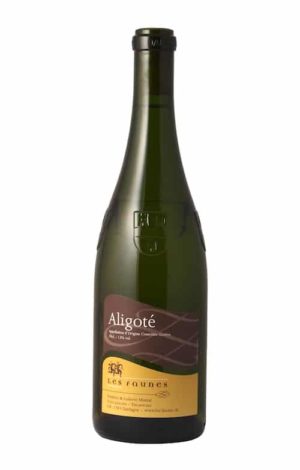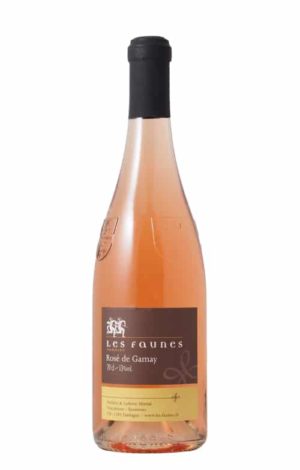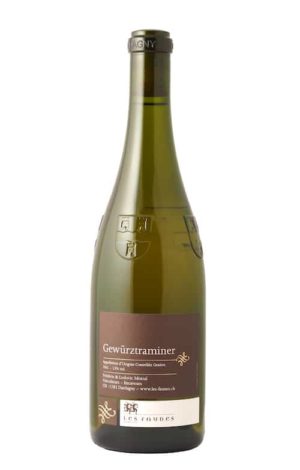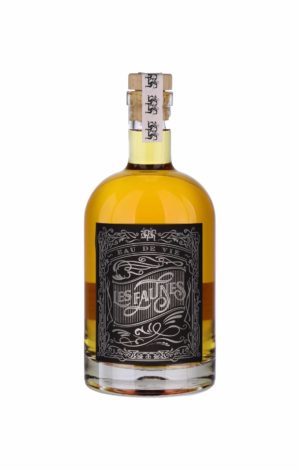Although this term is relatively common in our regions, many people do not know what we are talking about when we mention must.
The answer is quite simple: it is the name traditionally given to the grape juice at the exit of the press.
According to Larousse: Unfermented grape juice, raw material of the winemaking process.
Wikipedia:
The must is a mixture obtained by pressing or cooking plants or plant extracts. Essentially intended to undergo alcoholic fermentation or acetic fermentation; it can be extracted from fruits, grasses, tubers, leaves, flowers… The must is characterized mainly by its sugar content and density, which determine its alcoholic fermentation.
Just after the harvest, the grapes are quickly taken to the cellar to avoid any alteration or oxidation, this juice is pressed as quickly as possible.
The next step?
Fermentation. This is where the adventure of wine making begins, the must is only ephemeral. The yeasts will quickly revel in the sugar it contains to transform it into alcohol.
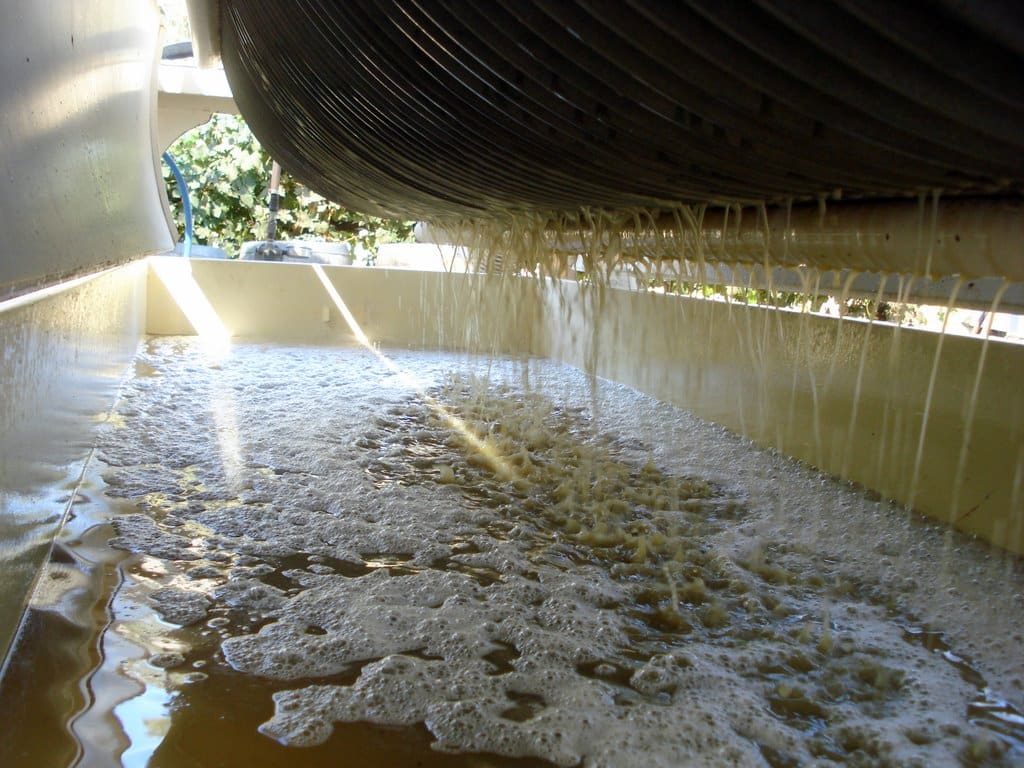
After the must: the wine – some suggestions
Frequently asked questions
How long does fresh must keep?
no.
The fresh must from the press can only be kept for two or three days at room temperature.
Why ?
Yeasts are naturally present in the vineyard and on the grapes. They are therefore found in the fresh must and can start fermentation spontaneously. Cold temperatures will prevent these yeasts from activating, so by keeping the wort cool in the refrigerator, you will be able to keep it for a week or two.
The must is slightly gassy/sparkling
This means that a spontaneous fermentation has started. Can we still drink it?
Of course, the fermentation gently transforms the sugar in the must into alcohol while at the same time releasing carbon dioxide (CO2) which gives the sensation of fizziness.
This is called “bourru”.
Even if the alcohol level is very low at the start, the juice is therefore no longer recommended for children.
Why don't I close the bottle tightly?
As seen at the previous point, fermentation releases gas (CO2) in quantities that can be significant.
If the bottle is closed and a fermentation is triggered, the pressure inside will go up and down to crack, see the bottle burst. And having sweet juice spilled at the bottom of the fridge is an unsa pleasing experience…
There's a drop at the bottom of the bottle, should I worry?
Absolutely not. There are two things:
- tartar, or more precisely precipitated tartaric acid. Tartaric acid is the main acid of grapes, like many fruits for that matter. If the juice is hot, it is simply diluted, when the juice is cooled, crystals form and fall to the bottom of the bottle. Absolutely nothing dangerous.
- solid parts of the grapes. Or mostly pulp. Fresh must is not filtered or just clarified, so it is naturally cloudy. When the bottle rests, the heavier solid part falls to the bottom.

